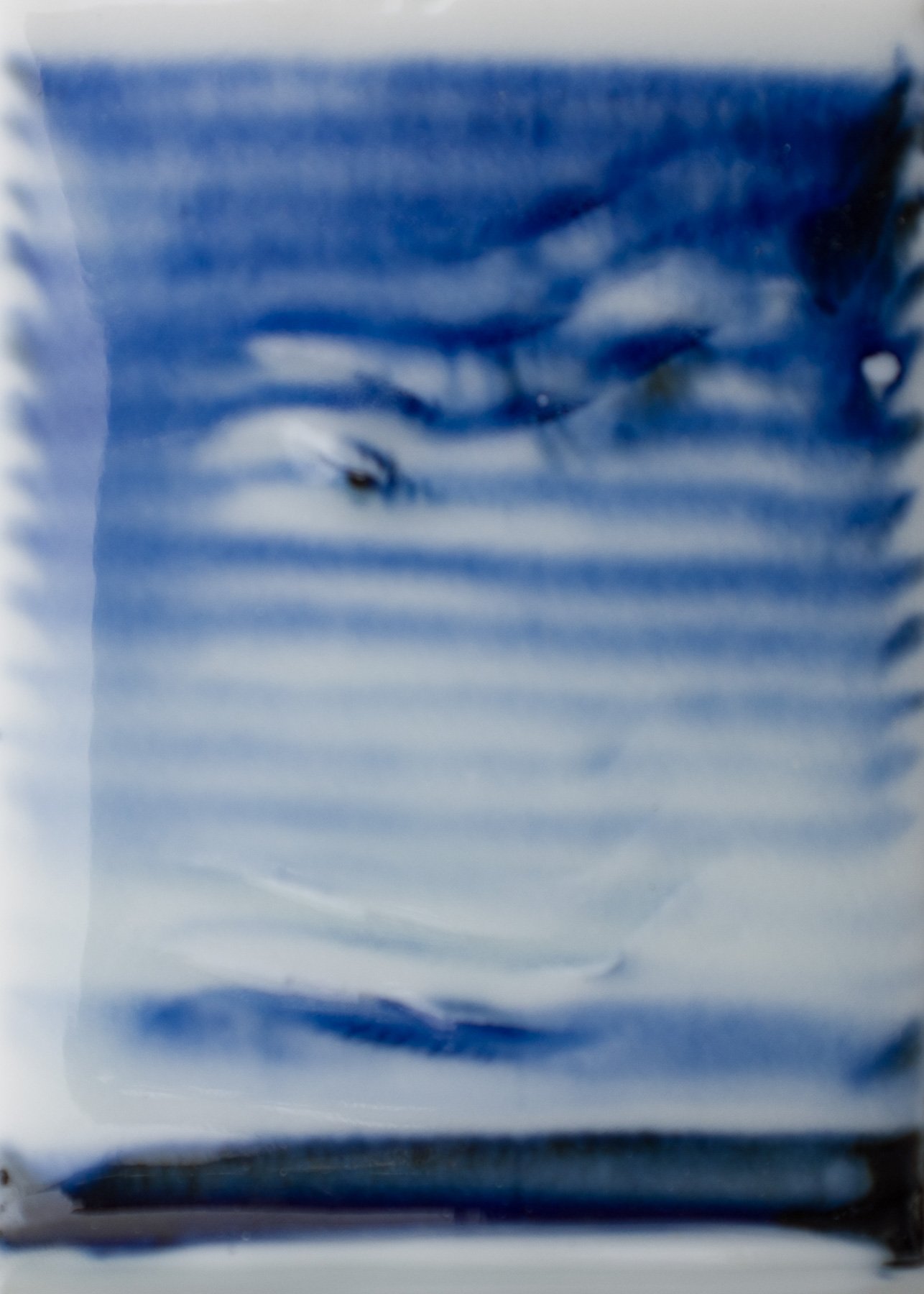Qinghua Stone
Qinghua Stone
Magnified View of Qinghua Stone
Pictured above is a type of stone (叫珠子) mined in Zhejiang province and sold in Jingdezhen. It is primarily used for making Chinese underglaze blue & white (qinghua). These hard nuggets are quite expensive, while the softer stone surrounding these nuggets is about six times cheaper.
In the magnified view you can see that this stone is a composite of many different minerals. I am not an expert but there are definitely chunks of silica and mica. From tests, it seems that the darker bits are primarily iron and manganese. In ancient times I assume that this stone also contained a small amount of cobalt, however from my tests that no longer seems to be the case. The proprietor of the materials shop confirmed this, although he mentioned that ores containing cobalt are still sometimes unearthed and fetch a premium price.
In Science and Civilisation in China: Volume 5, Chemistry and Chemical Technology, Part 12, Ceramic Technology, Part 6, Pigments, Enamels, and Gilding (pages 680-692), Nigel Wood writes extensively about the composition of Chinese blue & white underglaze pigments, with analyses of cobalt bearing absolites and other ores. Nigel Wood also covers the subject in Chinese Glazes (pages 61-66).
For me, the basic lessons to be learned from Wood’s research are: a) that underglaze blue pigment composition varied substantially throughout history and between kilns (especially between the official and folk kilns), b) the importance of the ratio between the primary coloring oxides (cobalt, iron, and manganese), and c) the influence of other oxides (especially silica and alumina) present in the underglaze pigment and covering glaze upon the final color.
Qinghua stone 100%
Qinghua stone 90% Cobalt Oxide 10%
Qinghua stone 80% Cobalt Oxide 20%
Above is pictured a quick first test of the qinghua stone. An underglaze was made by crushing the rock and sieving it through an 80 mesh screen. From left to right: 100% ore, 90% ore/10% CoO, 80% ore/20%CoO. As you can see from the 100% test it appears that the ore contains little or no cobalt. This is obviously a poor first test, as underglaze blue & white is usually ground very finely.
Below is a more refined test. The qinghua stone was first bisqued to 900 degrees, crushed, and sieved through a 100 mesh screen. Finally, the stone and cobalt were ground with a mortar and pestle. In my opinion, the combination of Cobalt, Iron, and Manganese result in a much more interesting range of colors than Cobalt used alone.
Qinghua stone 95% Cobalt Oxide 5%
Qinghua stone 90% Cobalt Oxide 10%
Qinghua stone 85% Cobalt Oxide 15%
Qinghua stone 80% Cobalt Oxide 20%
Qinghua stone 70% Cobalt Oxide 30%









